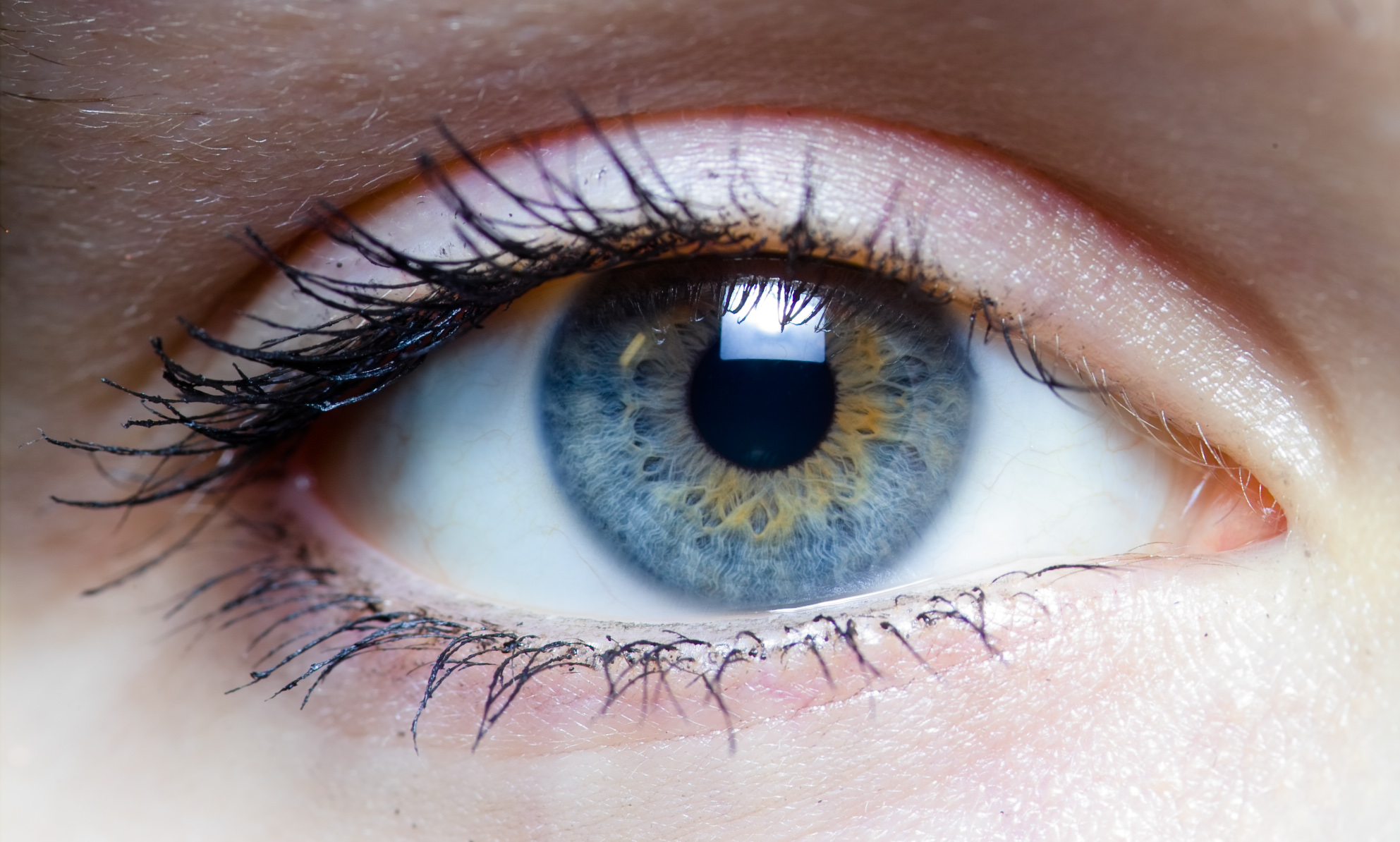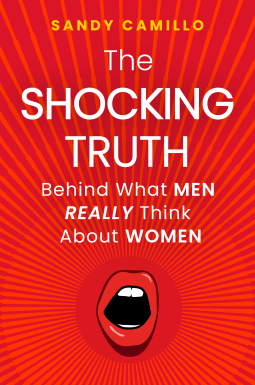This is an advertorial.
If you have been using contact lenses for a long time, you are already well aware of its many benefits. Consider replacing your glasses with contact lenses. More than 30 million people in the United States use soft lenses, either as an alternative to traditional spectacles or for some cosmetic purposes.
If you are thinking of stepping into their shoes, equip yourself with as much information as possible about contact lenses. This will help you find the right product for your needs and make informed decisions when purchasing.
First of all, you will want to know the basic definition of a contact lens. According to the FDA's definition, soft lenses are a recommended medical device, usually placed around the corner of the eye and used for corrective cosmetic or therapeutic purposes.
There are numerous benefits to using soft optics. Soft lenses do the same thing as conventional glasses, but disposable optics are practically weightless and, most importantly, invisible, unlike optics. Therefore, they are considered more comfortable than traditional springs.
Then look at contact optics from a visual point of view: disposable lenses provide a better view as they move through your eyes. Like glasses, there are no frames to block your vision, and thus they significantly reduce distortion. Sometimes your vision is impaired because your glass lenses get blurred by moisture, rain, or dirt. You will not find any such defects in your disposable optics.
Do you follow an active lifestyle, and whenever your aspects get in the way of your active lifestyle?
Then contact optics may be the only solution for you. If you are into any sport, including swimming, diving, or athletics, disposable lenses can give you a clear, distorted vision without any side effects while you are moving. It is properly placed inside your eyes so that it does not affect your concentration in any way.
Many people, especially women, consider glasses a major obstacle in showing the natural beauty of their faces.
On the other hand, extended optics are comfortable and help you look like you would like to.
You can get modern extended optics with UV protection built into the material, so if you want protection for your eyes, you can choose these lenses instead of wearing glasses.
Some people have chronic dissatisfaction with the color of their eyes, and they get a golden opportunity to get the color of their dreams in contact optics.
Types of Extended Optics
So after reading about the many benefits of extended optics, you have almost decided to buy extended optics! But wait, let us tell you about the different types of extended lenses that you can find in the market.
Contact optics are made of a variety of plastic materials - but basically, they are of two main types: soft or hard gas permeability.
Soft optics: These extended optics contain 25% to 79% water. They are easy to adapt to your eyes and therefore quite comfortable. With soft extended bifocal in your eyes, you will hardly notice anything strange in your eyes. However, you should be more careful in dealing with them and change them more often.
RGP gas bifocal: These lenses take time to adapt to your eyes. But they have a lot of resistance to deposit accumulation. With RGP, you need to get sharp vision. They are also more durable. That way, at first, RGP may seem expensive, but because of its longevity, RGP gives you a better value for your money.
Daily Disposables Bifocal: Cleaning and disinfection procedures are greatly simplified with disposables contact lenses. They are good for your eye health because they are replaced more often. Also, you always have some extra bifocal. These days you can find disposable extended bifocal in all torque, bifocal, and color versions.
Torque Soft Lens: These bifocal are claimed to correct astigmatism. You can get these types in both daily wears and planned alternative versions. You may need to visit the doctor's clinic more than once to get the perfect fit.
Color Extended lenses: Color bifocal are mainly used for cosmetic purposes. Choose from four cord bifocal types: Visibility Tints, Enhancement Tints, OPEC Color Tints, and Light Filtering Tints. If you have no vision problems, you can take the 'Plano' form of colored lenses that do not correct vision. You can also get them as disposable or recurring bifocal.
There are no hard and fast rules for buying bifocal from your ophthalmologist. You can buy them from any reputable optical store. You can also try it in online stores to take advantage of the wide range of comparisons.
But one important thing to keep in mind is that no matter where you buy contact bifocal, your decision should be guided by the product's price and not just the price.
Availability
Finding lenses on the Internet is easier than ever with the availability and selection of today's incredible online products. Note that you still need to get an accurate prescription from your eye doctor, which third-party online retailers must verify before placing an order. When you're shopping for contacts that meet your prescription requirements, it's a good idea to check if an online retailer accepts health insurance, shipping charges, or special deals and promotions.
If these four reasons have opened your eyes to switching from glasses to contact trifocal, visit designeroptics.com for more information on products and their benefits.
Did you know that there is also a decorative glasses line that includes colored trifocal to change your shape?
Just remember that the type of contact trifocal you are looking for, it is important that you consult your eye doctor first.





